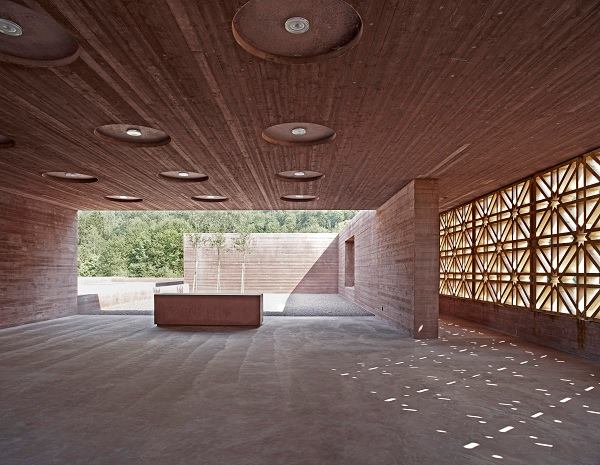The five winners of this year’s Aga Khan Award for Architecture awards were announced last week. Founded in 1977, the awards are given out every three years to projects that exemplify community-building in locales with large Muslim constituencies.
This year’s projects span continents (Africa, Asia, and Europe) and function. The winning projects are:
An Islamic cemetery in Altach, Austria by Bernardo Bader Architects (Dombirn, Austria). Completed in 2011, the cemetery serves the state of Vorarlberg, where eight percent of the population is Muslim, and allows these people to be buried in Austria with Muslim burial rituals.
Two of the winning projects are located in northern Africa. The 63-bed Salam Centre for Cardiac Surgery (Studio Tamassociati of Venice, Italy) is located in Khartoum, Sudan. The center also features housing for hospital staff built from containers used to move construction materials.
The continent’s second winning project is in Rabat, Morocco. Marc Mimram Architecture (Paris, France) was the architect of the 2011 Rabat-Salé Urban Infrastructure Project, consisting of the Hassan II Bridge and related infrastructure, which links Rabat and Salé.
The remaining winning projects are located in Asia. ICHTO East Azerbaijan Office (Tabriz, Iran) has been working to renovate and update Iran’s Tabriz Historic Bazaar Complex.
In Palestine, the Riwaq Centre for Architectural Conservation (Ramallah, Palestine) is working to revitalize the Birzeit Historic Centre.
Spread across the five winning projects, the contest carries a one million dollar prize, although the Master Jury of the contest can award that money to any party involved in the project, such as the locale or client.
